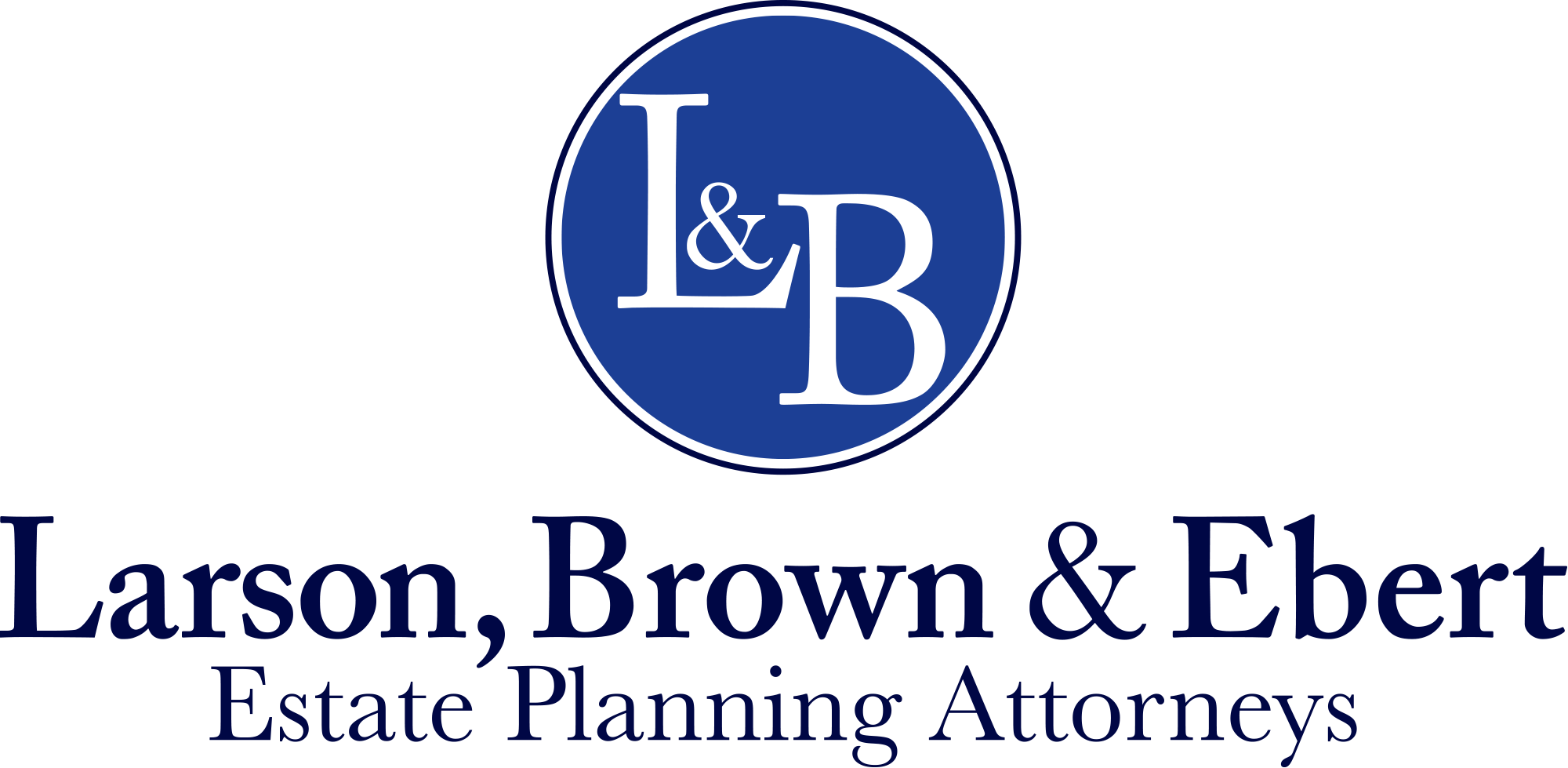
Are Your Retirement Plan Accounts Protected from Creditors?
Kansas law provides that if you are a plan participant in a retirement plan that is qualified under the internal revenue code, such as an IRA or 401(k) plan that these funds and investments are exempt from the claims of creditors. The funds and investments are also protected in the event of a need to file for bankruptcy protection as long as the funds were invested more than two years prior to the filing or no more than $5,000 were invested in the retirement plan more than one year but less than two years prior to the filing.
It is possible to make your retirement plan assets available to your creditors at your death that should be avoided. We see this situation occur and it is typically a bad idea. This is when someone makes their retirement plan assets transfer at death to their revocable living trust. The law as it has been adopted in Kansas provides:
After the death of a settlor, and subject to the settlor’s right to direct the source from which liabilities will be paid, the property of a trust that was revocable at the settlor’s death is subject to claims of the settlor’s creditors… (“settlor” is the person who created the trust, sometimes you see “grantor” instead of “settlor.”)
In the Kansas case of Commerce Bank v. Bolander, Wanda Bolander had her revocable living trust named as the beneficiary at her death. Although a trust can be a beneficiary, when the retirement plan has the revocable living trust named as the beneficiary, this is not a good result if there are creditors. The court said “Although Wanda’s IRA benefits were not available to her creditors during her lifetime, they are available to her creditors upon her death because she placed them in an inter vivos trust.“(revocable living trust)
In essence, because she had creditors, she has taken assets that might otherwise be free from the claims of creditors , and has made them available to the claims of her creditors at her death. There other ways to utilize a trust as a beneficiary, and have good asset protection and not have the assets become subject to the claims of creditors.
Another mistake we often see is when we see that people have named beneficiaries outright as the beneficiary of a retirement plan. Doing so makes the inherited IRA subject to the claims of the beneficiary’s creditors, including a spouse in a divorce.
Protecting assets from creditors is an important part of planning for most people. Contact our office at 316-729-0100, we can help.

